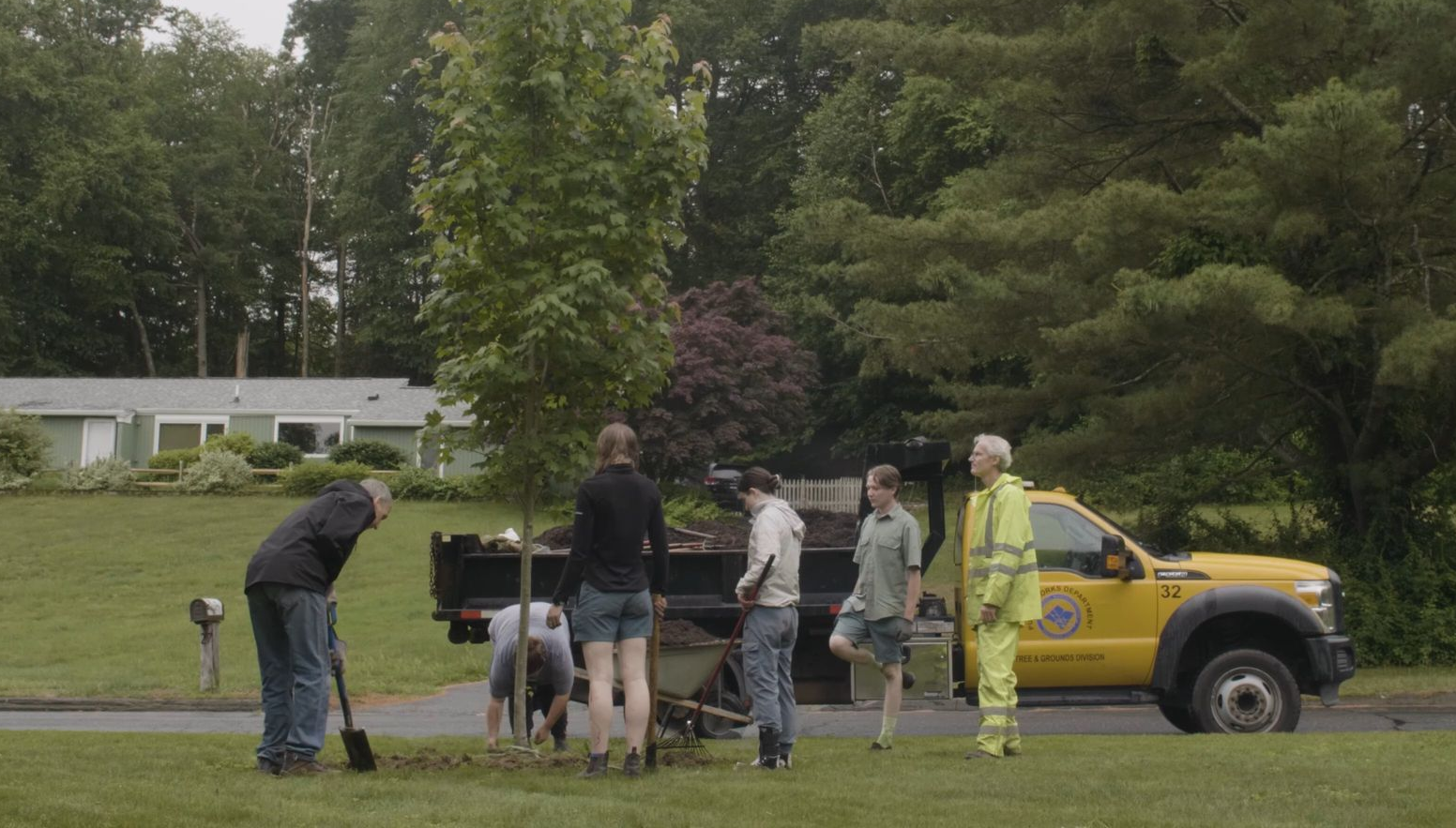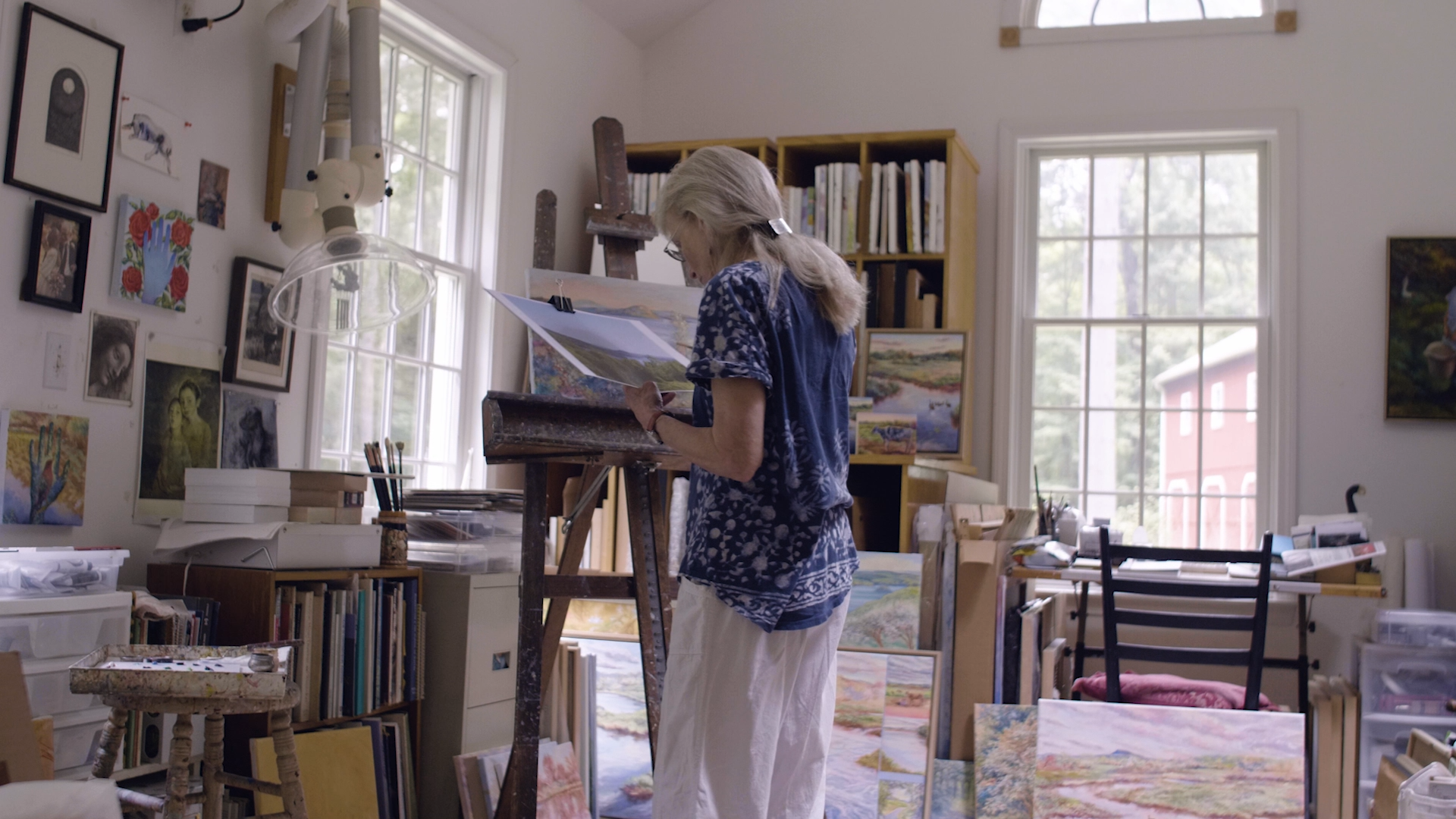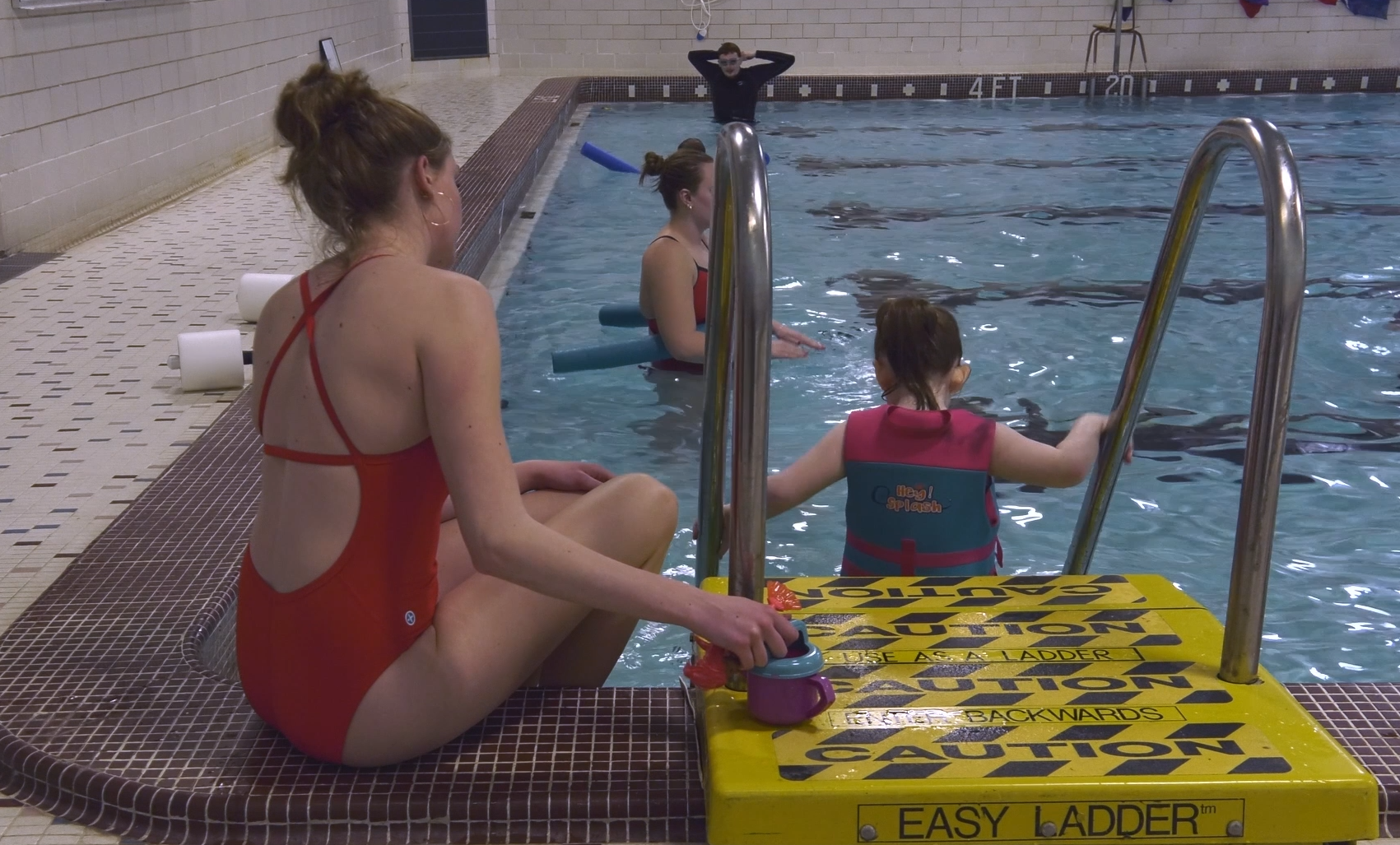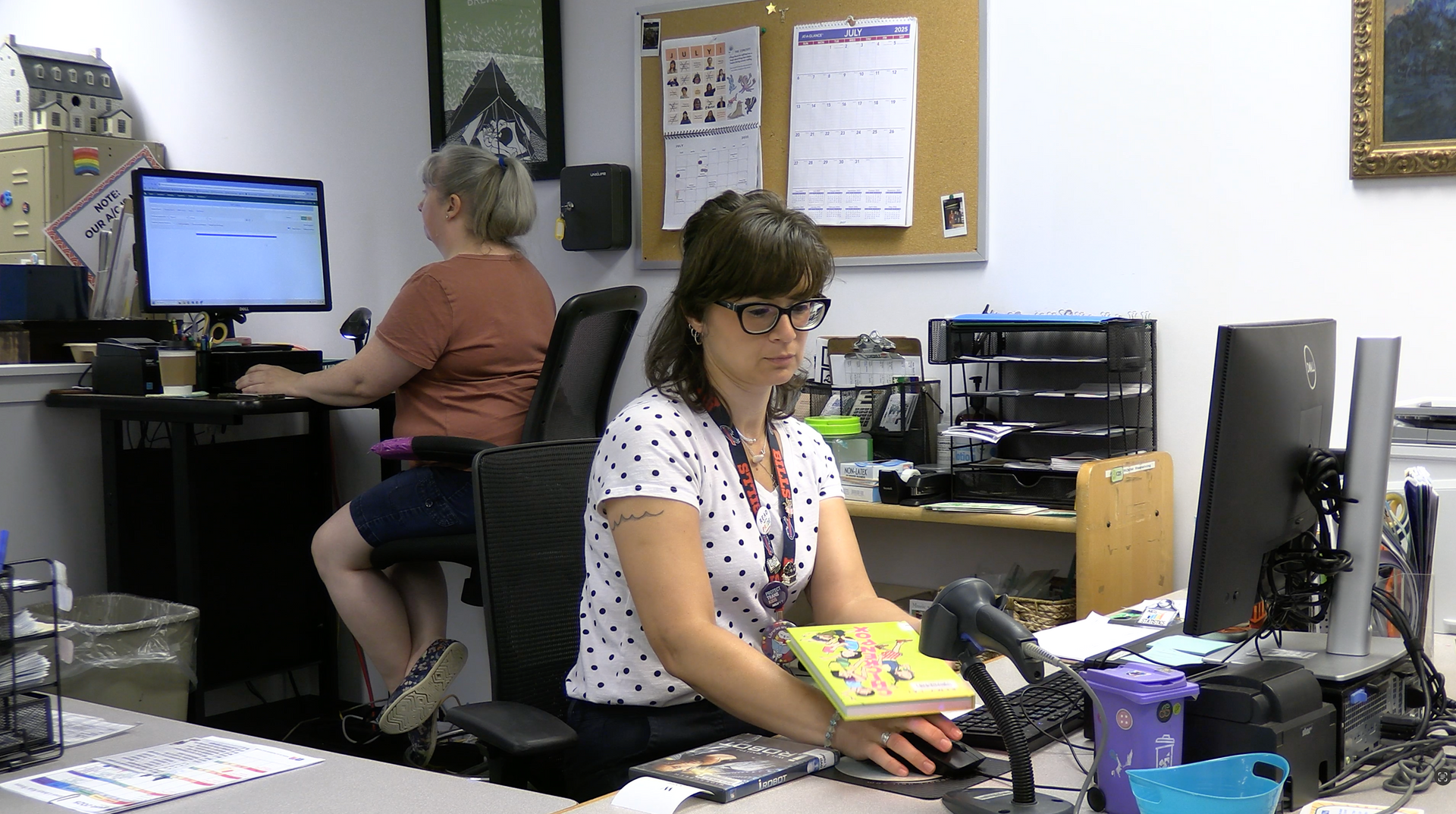The Committee Keeping Amherst's Trees Rooted in Community
On some Saturdays during the growing season, you can find the Amherst Public Shade Tree Committee with shovels in hand and their yellow town truck behind them, digging into the Earth in their effort to preserve and protect Amherst's trees.
On a dreary Saturday morning in June, a steady rainfall showers over the town and beads onto the shovels of the Amherst Public Shade Tree Committee. Through their rain-soaked resolve, they dig their shovels into rich brown soil, working to preserve and protect Amherst’s trees. “It’s a small group of people that make a big difference,” says Tree Warden Alan Snow.
The Amherst Public Shade Tree Committee (APSTC) maintains, promotes, and plants Amherst's street trees. Trees are integral to a healthy ecosystem; they improve air and water quality, add natural beauty to the townscape, and provide cooling shade in the summer heat. “It is well documented that urban spaces with ample trees are cooler, quieter, and more inviting… People are more likely to walk, shop, and spend time in areas with a tree canopy,” says Committee Chair Ellen Keiter.
So from March to November, on the second Saturday of each month, the APSTC sponsors a volunteer-driven program to put more trees in the ground.
Last year, they planted 55 trees across town, and 60 more at their new tree nursery at Slobody Farm. The nursery grows a diversity of species to eventually be planted through town. Among them is the red maple, which can produce 180 gallons of breathable oxygen annually– that’s nine times the size of the average car's gas tank– while absorbing rainwater to reduce runoff, and filtering carbon dioxide and other pollutants from the air.

Planting is only half the battle, however. Town street trees face an array of challenges to their survival. “The biggest threat to trees… are people,” Snow says with a slight laugh. Infrastructure projects such as sidewalks, roads, sewers, and communication lines can disturb the root zones of trees in confined urban areas. Cutting a tree’s roots – even just once – impairs its ability to take in water and nutrients, and eventually leads to its death. Many of the young trees that are dying are a direct result of landscapers, which Snow calls “landscaper disease.”
To combat these threats, the Committee schedules maintenance days to go out and care for Amherst’s 6,000 street trees. They mulch and water newly planted saplings to help them establish in the urban areas, and prune them so they do not interfere with town traffic or power lines.
Their efforts do not end with fieldwork. The Committee leads public tree tours and hands out free saplings at the annual Amherst Sustainability Festival. A point of major focus is ensuring that further development in town leaves adequate space for trees. To meet this goal, APSTC meets with town officials to talk about zoning and conservation. When buildings are too close to the roads, like on certain parts of Triangle Street downtown, there is not enough room for a healthy canopy to grow.
“Build with trees, pollinators, and people in mind. It is a smart investment in our town’s future and will ensure a sustainable economy that benefits everyone.” Says Keiter. “Please, always leave space for trees!”




